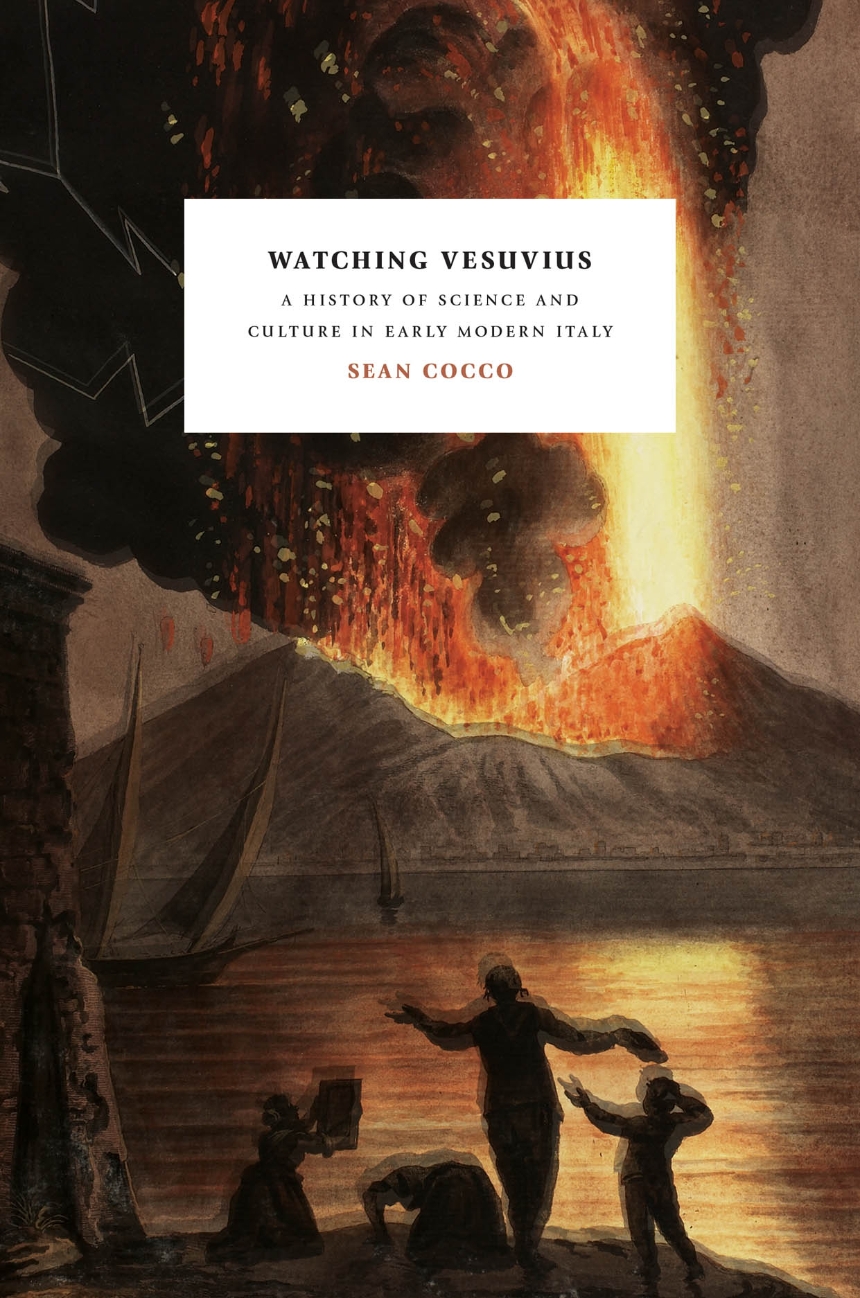Watching Vesuvius
A History of Science and Culture in Early Modern Italy
Watching Vesuvius
A History of Science and Culture in Early Modern Italy
Publication supported by the Bevington Fund
336 pages | 19 halftones | 6 x 9 | © 2012
Earth Sciences: History of Earth Sciences
History: European History
Reviews
Table of Contents
Acknowledgments
Introduction: Vesuvius in the View South
1 Approaches: Humanists, Naturalists, and Vesuvius in the Late Renaissance
2 Marvelous Excesses: The Eruption of 1631
3 Histories of Ignition: From Historia to Causa
4 Contesting Vesuvius: Discordant Meanings in the Context of Revolt
5 On the Face of This Earth: Vesuvius and Its Kind
6 Watching and Philosophizing: From Controversy to Cosmopolitanism
7 Formed by Explosion: Geology in the Neapolitan Picturesque
Conclusion: Returns to the Past
Notes
Bibliography
Index
